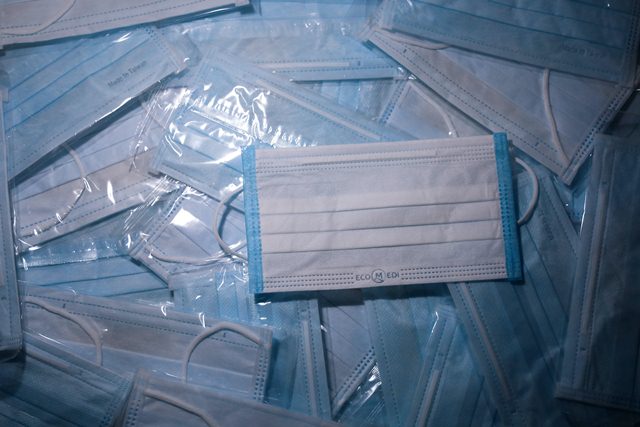Imports and exports of medical products totalled about US$2 trillion in 2019, which represented about 5% of total world merchandise trade last year, according to a new report from the World Trade Organization (WTO).
Trade in medical products described as critical and in severe shortage during the COVID-19 crisis totalled about $597 billion for the year, accounting for 1.7% of total world merchandise trade.
The new WTO report traces trade flows for products such as personal protective products, hospital and laboratory supplies, medicines and medical technology while providing information on their respective tariffs.
The top 10 exporters—led by Germany, the US and Switzerland—accounted for almost three-quarters of total world exports of medical products.
This is a more concentrated distribution compared to imports in which the top 10 importers account for only 65% or roughly two-thirds of the market. The top three importers—the US, Germany, and China—account for 34% of total world imports of medical goods.
Total exports of protective products, including face masks, hand soap, sanitizer and protective spectacles, were valued at $135 billion on average for the period 2017-2019.
About 17% or $23 billion of these exports came from China, the top exporter, followed by Germany and the US. These three exporters account for more than 40% of world exports of protective supplies.
China is also the top supplier of face masks, with 25% share of world exports of face masks in 2019. And together with Germany and the US, the three contribute to almost half of the world face mask supply.
Singapore, US, Netherlands, and China export more than half the world’s respirators and ventilators. Breathing apparatus, including respirators and ventilators, are supplied by a small number of WTO members, notably, Singapore which has 18% market share, followed by the US with 16%, Netherlands 10% and China 10%.
The average tariff on COVID-19 medical products stands at 4.8%, lower than the 7.6% average tariff for non-agricultural products in general, the report said.
About 52% of 134 WTO members impose a tariff of 5% or lower on medical products. Among them, four members do not levy any tariffs at all: Hong Kong, Iceland, Macao, and Singapore. Thirty-one members (23%) have average tariffs between 0% and 2.5% and 35 members (26%) have average tariffs between 2.5% and 5%.
Of these medical products, medicines are subject to 2.1% tariffs on average, lower than other relevant products. More than half of the members have no tariff in place on medicines. Thirty-nine members impose tariffs at 5% or below and no member levies tariff higher than 15%.
On the other hand, the average applied duty on medical equipment is 3.4%. Medical equipment ranges from microscopes to ultrasonic scanners, and include respirators or ventilators. Nineteen members provide duty-free access for medical equipment and an additional half of WTO members impose duties at 5% or below. Three members apply tariffs higher than 10% on medical equipment.
The report, however, also identifies markets where tariffs remain high.
The tariff on medical supplies, including hospital & laboratory inputs and materials like alcohol, syringes, gauze, and reagents is 6.2% on average.
Meanwhile, protective supplies used in the fight against COVID-19 attract an average tariff of 11.5%, which is more than five times higher than those for medicines and could go as high as 27% in some countries. Protective supplies include hand soap and sanitizer, hand gloves, and face masks.
Tariffs on face masks, for example, can be as high as 55% in some countries. The average applied tariff for hand soap is 17% and some WTO members apply tariffs as high as 65%.
The report is available here.
Photo by De an Sun on Unsplash









